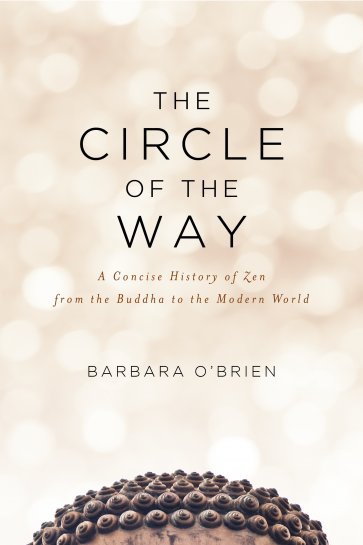“I’ve taken a lot of Prozac, Paxil, Wellbutrin, Effexor, Ritalin, Focalin. I’ve also studied deeply in the philosophies of the religions, but cheerfulness kept breaking through.”
Leonard Cohen – prelude to Ain’t No Cure for Love, Live in London Disc I
There was a time during which I woke up every morning, and in that waking felt intense anger that I had woken up. Physically and mentally, that is. Not deeply in any sense of the word. Woken up to the reality that I had not died in the night – quietly, softly, without fanfare. When people ask me if meditation has helped or why they should practice mindfulness (secular, therapeutic or otherwise), I veer away from this story because it’s just not that believable. What can I say to them? “Oh well, I felt profoundly suicidal all my life until one day I didn’t. Gee, I think that was the meditation! Well, it could have been psychotherapy but heck, the therapist had transference/attachment issues which really sank that ship.”
Let’s face it, friends. We all know our share of dharma teachers and longtime practitioners with serious Icky Disorders that we should be careful about assuming meditation/mindfulness is sufficient for insight and transformation. I’ll leave this here for the moment. Let’s go back to a time before pandemics and mindfulness wars.
The last few years have been a heady journey into the bowels of the many worlds of mindfulness. I mean that deliberately to point to the challenges of taking a path without a clarity of intention and insight to the consequences of our actions. Shit can happen and does. And the mindfulness worlds are no different in containing the good, bad, and ugly. More than that, I discovered it is a landscape in which the good needs the the bad and ugly in order to germinate, sprout, and bear fruit. I’m not naive – being a survivor of decades of throat-cutting academic studies, employment in highly competitive venues, and just plain dealing with toxic family issues. And yet. And yet, I fell into the hell realms with an ease that was impressive!
Good things happened though. I think – I’m told – our work made a contribution to setting a course towards the role and importance of sila in teaching mindfulness. More than that, thanks to the evolving conversations around intersectionality, uncovering our biases, and decolonizing our perspectives, the zeitgeist of mindfulness now seems to curve our life towards compassionate care for each other. The core intention of mindfulness is the arc of opening our heart/mind and with that we can let go of the dualistic discussions of mindfulness.
But… there is still the issue of practice and transformation. Practicing good intentions is not sufficient for cultivating wisdom and insight. Our transformation is firmly rooted in our ability to feel the consequences of our action. As skillful as we may believe we are, the fruit of our action informs us of our skillfulness – and the honesty of our intentions. Our willingness to experience the bitter taste of (hopefully unintended) consequences or the sweetness of wholesome outcomes is the teaching, is karma. It fuels our willingness to change our actions, evolve through the lessons of experiential consequences, and learn the nuances of being blameworthy.
Because each of you has his or her own death, you carry it with you in a secret place from the moment you’re born, it belongs to you and you belong to it.
Jose Saramago, Death with Interruptions
Now let’s return to those waking moments when I felt betrayed by Death. Honestly, to hope that death would be an extension of falling asleep is a misunderstanding of responsibility and a vast ignorance of belongingness. This sense that my practice was in cultivating belongingness wasn’t some great insight or a jolt of connection. In fact, it arose from the pain of all the not-belonging I felt day by day, moment-by-moment. As our dear Leonard Cohen did, I tried everything – meditation groups, sanghas, sesshins, dokusans, mindful self-compassion, teaching, reading, learning, writing, and way too many talks. Through all the disappointments, it came back to practice.
Practice – call it meditation, zazen, koans, what have you – has been a continuous thread of saying mu, no, neti-neti, slowly eroding away that craving to belong to be proven worthy of the tribe. And slowly, slowly “cheerfulness” kept surprising me. One morning I woke up, not just literally and caught my breath in the silence, in the empty space when anger had been. One day, I felt the gut punch of someone saying to me, “It hurts when I hurt myself.” One night, I fell asleep without expectations of living or dying.
There’s no magic in practice or prostrations. There’s only the embodied feeling of the consequences when they don’t align with my intentions to be kind, supportive, compassionate, caring, loving. Therein is the seed of liberation and the transformation of our unskillfulness.
I’ve missed you all. Thank you for being here waiting.
For an incredible ride into the world of transformation and insight, give C.W. Huntington’s powerful novel Maya a whirl.
Genju




